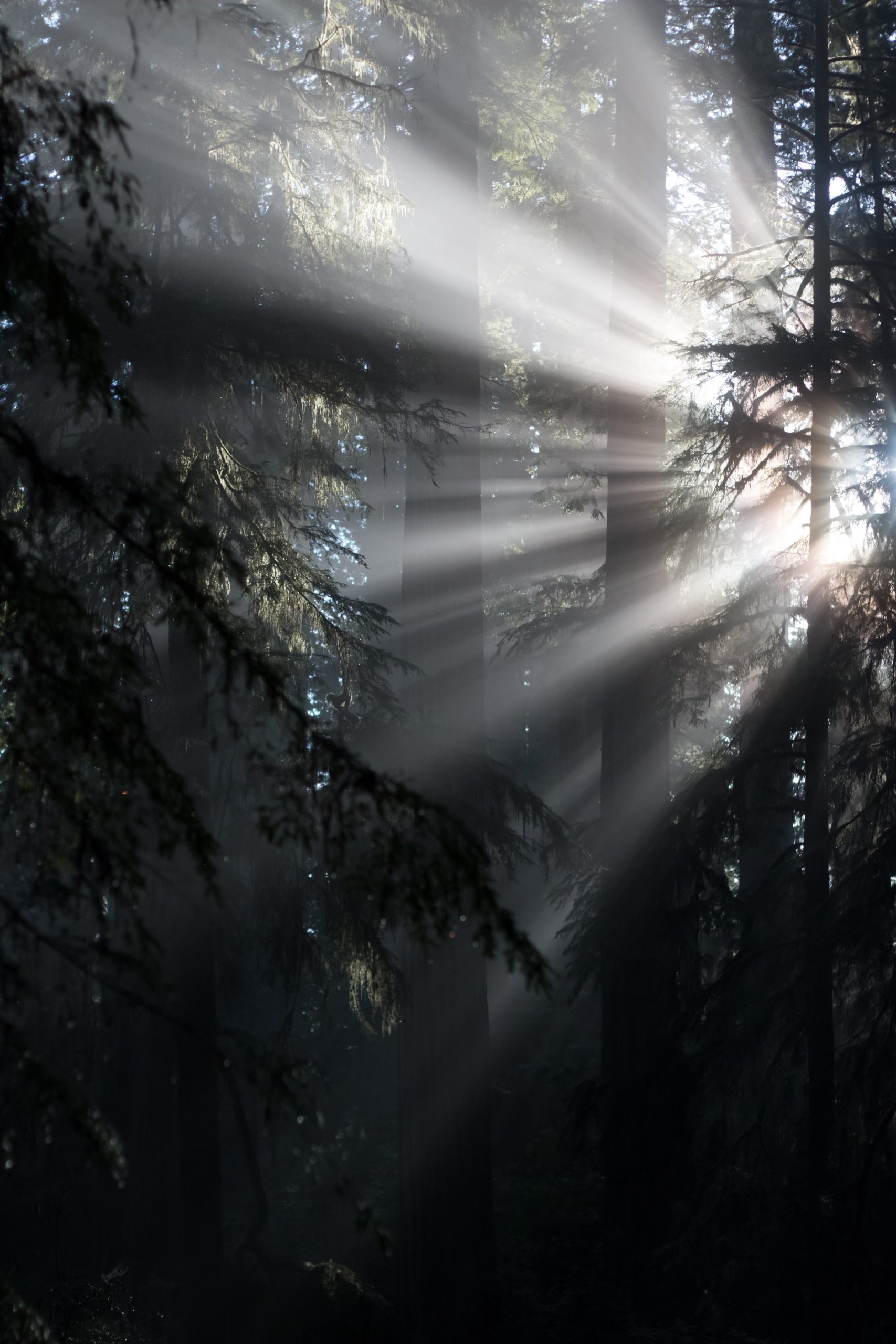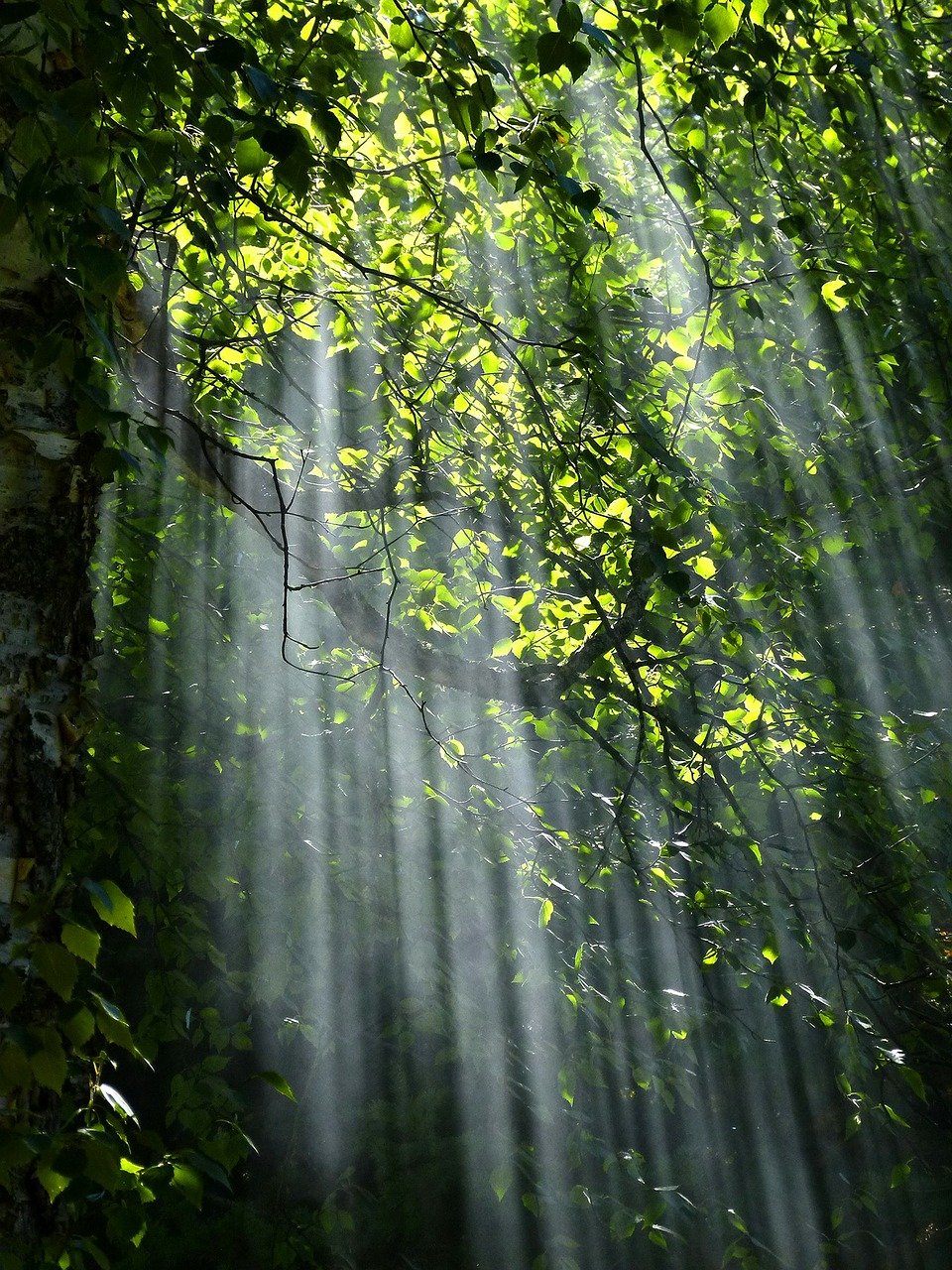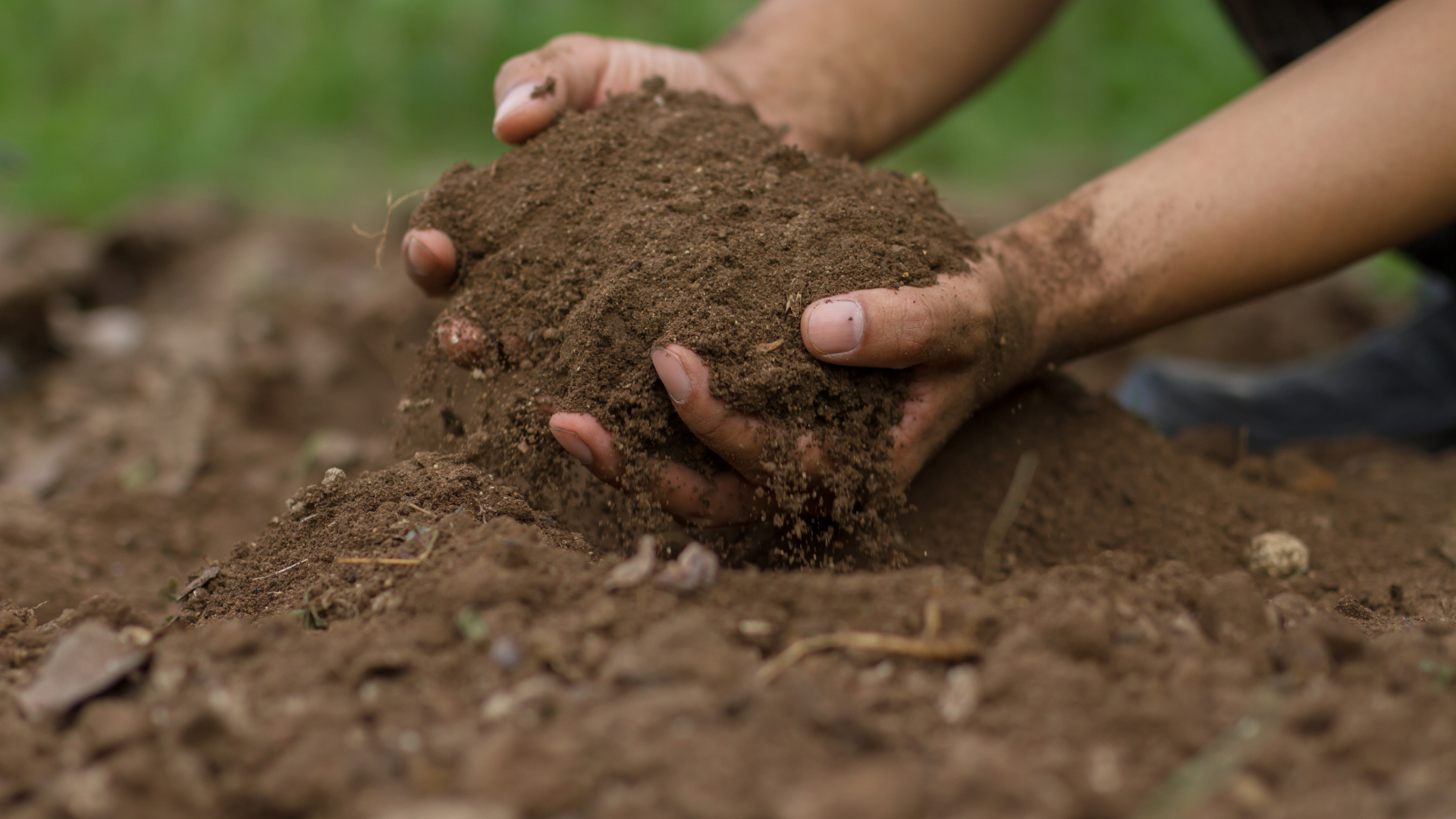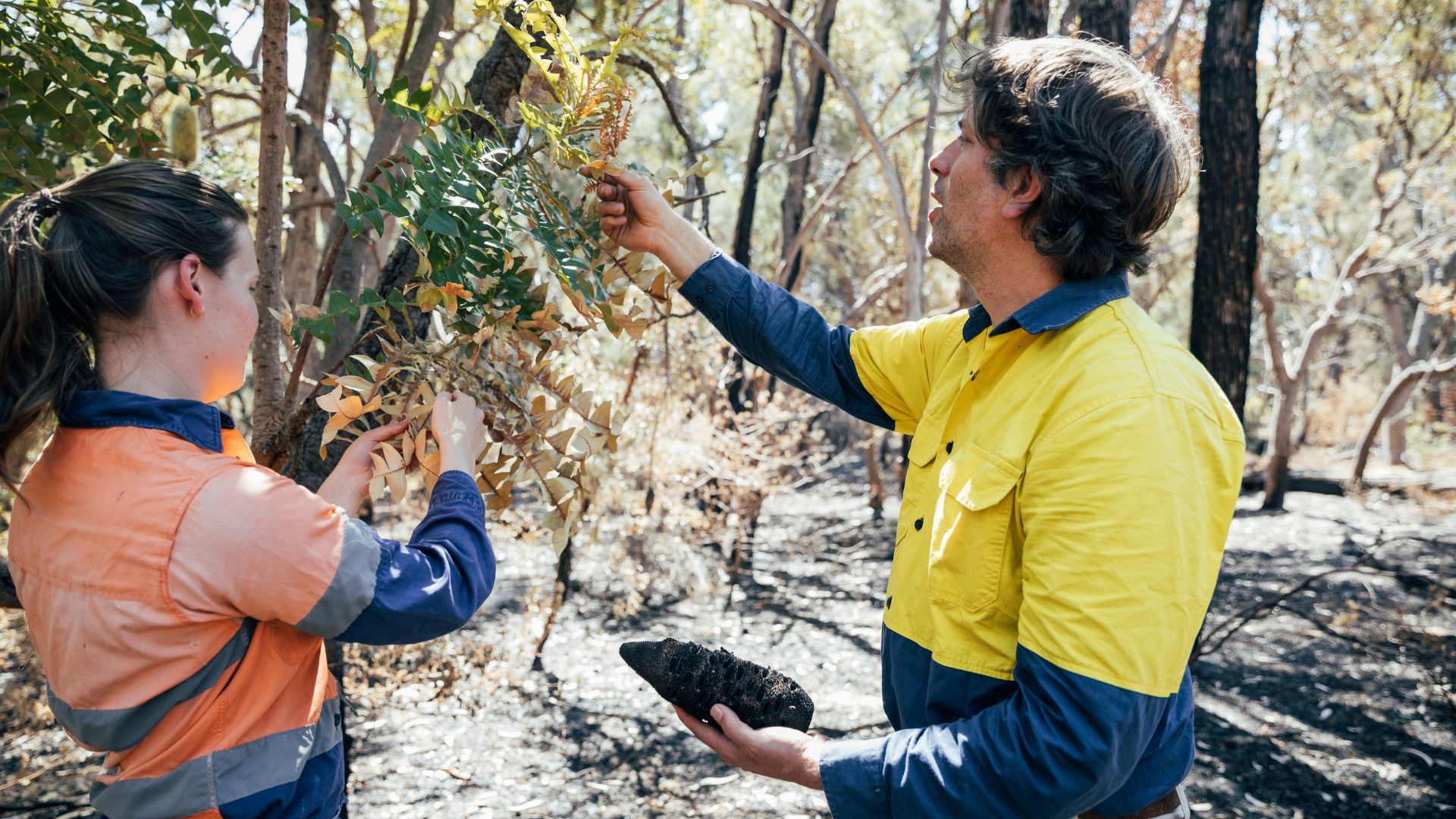
Midsummer, Summer Solstice: Connecting with the seasons:
Introduction to the collection
Welcome to the wheel of the year collection. A series of blogs on the solstices and equinoxes that punctuate our lives, seasons, and farming practices.

The Wheel of the Year is a calendar centred around the cycle of the sun and moon. It has guided civilisations throughout the centuries. In fact, before clocks and watches, the sun was used as a timekeeper and particularly to punctuate the farming cycle – Summer Solstice being the most potent and fertile time of the year.
The purpose of this series is to talk about the practices around the solar and lunar cycles and link it to the better food movement through a historical and explanatory recount of ancient pagan practices in their meaning in modern times.
Solstices, equinoxes, and four-quarter days
The wheel of the year is structured around the two solstices (winter and summer), and two equinoxes (spring and autumn). And, between those four celebrations are the four-quarter days which mark the half seasons. These eight festivals are:

- Imbolc (1st February)
- Ostara, Spring Equinox (21st March)
- Beltaine, or May Day (1st May)
- Midsummer, Summer Solstice (21st June)
- Lughnasadh (1st August)
- Mabon, Autumn Equinox (21st September)
- Samhain (31st October -1st November)
- Winter Solstice (21st December)
Each of these days have a meaning and we will be exploring them throughout this series of blogs, so watch this space to find out more.
Summer Solstice: what is it?
So, what is the Summer Solstice, or, Midsummer? In astronomical terms, this time marks the beginning of the summer season in the Northern hemisphere. It is when the sun hits its highest points and remains there for a couple of days. Solstice literally means ‘still sun’.
But, the Summer Solstice is more than that. It has a rich historical and cultural background here in the UK and is celebrated abroad through different variations. But, first and foremost, the Summer Solstice is based in pagan practices, which are anchored in an earth-based understanding of spirituality – meaning it is deeply connected to and mimics the cycles of nature.

But why do people celebrate the Summer Solstice and what do they do? At this time, pagans celebrate the elevation of a new sun born during the winter solstice and have finally reached completion. It is also called the Mabon or the sun-child born during the Autumn Equinox which, during the Spring Equinox, has defeated darkness and is reaching its full potency by the Summer Solstice.
“Light and darkness are equally important and are at the core of the celebrations”

As I am sure you’ve noticed, light and darkness are equally important and are at the core of the celebrations. At summer solstice the sun is at its ultimate potency and has reduced the hours of darkness to the minimum. But as all things in nature and the cosmos nothing can last forever, as the sun reaches its apogee and we celebrate the longest day, the sun is also weakened from his battle with darkness. Darkness will creep in once again passing through the Autumn Equinox towards the shortest day of the year also known as the Winter Solstice. However, before all this happens, we are still blessed with warmer days, full of light and fertility – which is why we celebrate the Summer Solstice.
Rituals and celebrations:
To understand the rituals and celebrations it is important to understand that the Summer Solstice is about light, it is about the strength and power of a complete and abundant sun. It is all about joy, harmony, integration, balance and beauty. It is about creating a sacred space for sharing, connecting and communion with nature.
Did you know Stonehenge was known across oceans after its creation some 2500 BCE? This leads us to believe that an earth-based understanding of spirituality and life was being practised on all 7 continents. But, don’t worry you don’t have to go to Stonehenge to celebrate the new sun. Although tens of thousands of revellers and followers head to Stonehenge to celebrate the Summer Solstice every year, the key thing about the rituals is creating a sacred place to connect with nature, your community and the energy of the ancestors. So, grab your things and head to your nearest woodland!
So what do you do for the Summer Solstice? The Order of Bards, Ovates, and Druids will observe the festival through a series of rituals. They gather in the woodlands or a sacred place of their choosing and call upon the four directions.The south equates to sunlight, fire, and therefore summer. Each direction represents an element and has properties:
“the key thing about the rituals is creating a sacred place to connect with nature, your community and the energy of the ancestors.”

- North equates to earth, and winter
- East equates to air, and spring
- South, equates to fire, sunlight, and summer
- West equates to water, and autumn

Each festival has sacred plants and at this time of the year they are: Oak, Mistletoe, Holly, Elderflower, Lavender, Lemon Balm, Rose and St John’s Wort. Priests and healers believe that herbs attain the peak of their medicinal properties on specific days – in this case, the Summer Solstice. Often, druids use them during the ceremonial solstice bonfires to bring light and banish sorrow.
During the ceremony, people will hold the plants and meditate on what those plants mean to them and what it triggers within themselves.
“It is important to celebrate both light and darkness (Winter Solstice) which both humans and nature need.”
This is a time to share, to reflect on this time of year and what we feel at this particular moment, in relation to the peak of the light on this specific day. People at druid celebrations are therefore invited to share thoughts and feelings of where they are at this point of the year, personally and particularly in relation to the peak of the light and what that means to them.
They are not called fire festivals for no reason. During the Summer Solstice ceremonies, druids light two separate fires and people are invited to walk, run, or jump between them to feel the maximum heat and light. Light is an important part of the celebrations of the Summer Solstice, as it is key for abundance and one must celebrate the spiritual fire within. But it is also the time when the light starts descending into darkness again and it is important to celebrate both light and darkness (Winter Solstice) which both humans and nature need.
Then, people will separate into two groups. One side will be the people born in the light half of the year and on the other those born on the dark side of the year. Together, they will pass balls of wool – one dark and one light – to create a web. It represents the merging of the dark and light energies. It being the peak of light in the druid calendar, it is also a time to reflect on the fact that we need both light and dark.

The web is then laid on the ground and the space is turned into a sharing circle. This is then a time to reflect on what they have gained from the rising of the light and what they hope for as the energies turn inwards and what still needs to be achieved. The ceremony ends with blessings such as:

Light pouring upon you at each time and season
Light pouring upon you gently and generously
Glory to the Sun
So how can connecting with this sacred calendar enrich our lives?
Before the Gregorian calendar or clocks, farmers growers would synchronise with the cycles of the sun and the moon to manage their crops. They would be a reference point to know when to sow seeds and when to harvest. But it would also be a way to commune with nature, keeping them connected to the energies around them. So, why should we care about it today?
Well, as the movement for agroecology grows and our interests to build more sustainable food systems, thinking about or inspiring ourselves with earth-based practices can be a way of advancing agroecology as a strong alternative.
Agroecology is an approach to agriculture and food systems that acknowledges the importance of local knowledge and participatory processes to empower and give agency to the voices of local producers. It is also a practice that mimics nature and puts biodiversity first. Does this not resonate with the Summer Solstice celebrations and intentions?
“natural methods of soil management must form the basis of all our studies of soil fertility” – Sir Albert Howard

“Both celebrating and understanding nature’s cycles can be key to inspiring farming alternatives.”
Being more in tune with the earth and all the beings around us can be inspiring, and can bring us insights that we otherwise would not have considered. In fact, nature’s agriculture and nature’s methods of soil management are often overlooked.
Sir Albert Howard wrote in his “An Agricultural Testament” plants are often found with animals and the soil’s inhabitants play a big role in soil health. He believes that “natural methods of soil management must form the basis of all our studies of soil fertility”.
Hence why, mimicking nature’s cycle or aligning our farming practices as similarly as possible could be a great way of ensuring we protect our soils and its ecosystems. During the Summer Solstice we bless the earth, the land, and all living beings and celebrate soil fertility in potency. Both celebrating and understanding nature’s cycles can be key to inspiring farming alternatives.
“It is about sharing knowledge and new ways to celebrate nature’s powers as a form of community-building and a way to inspire us to find new ways to look at agriculture and farming.”

In fact, during the Autumn Equinox, and Winter Solstice we celebrate the gaining of darkness and the benefits of nature’s dormancy. More on these celebrations coming soon! So, watch this space to find out more. Understanding the need for light as well as darkness is a big part of pagan beliefs and can be hugely beneficial to understanding farming and new forms of agricultural practices.

Although regenerative farming practices are currently overshadowed by industrial agriculture there is still hope to find new inspiring ways to work the land together. And, this is what this series is all about. It is about sharing knowledge and new ways to celebrate nature’s powers as a form of community-building and a way to inspire us to find new ways to look at agriculture and farming. There are so many ways to celebrate nature’s cycles so let’s get creative!
Want more?
One way of making sure we are taking care of our soils and ecosystems is by eating seasonally. To find out more about the benefits and reasons for eating seasonally, check out this blog. And, to keep in the loop with the follow ups in this series (and never miss another opportunity to celebrate the seasonal cycles!) sign up to our newsletter here.
Written by Djenai Delerue
Member of the Open Food Network UK Coordinating Circle and Community Building Circle.

